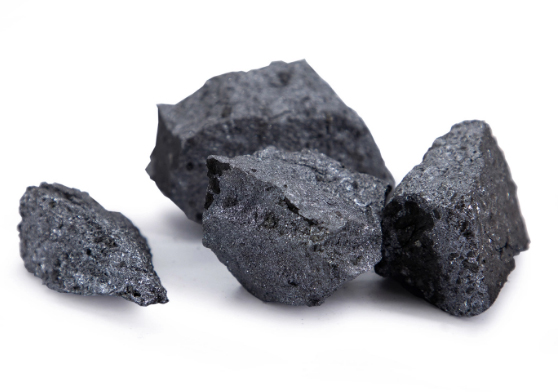
Calcium deoxidation is a fundamental process in steelmaking that significantly impacts the purity and performance of the final steel product. This article explores the importance of calcium deoxidation in steel production, focusing on its role in improving steel cleanliness, mechanical properties, and overall quality. By understanding the benefits of calcium deoxidation, steel manufacturers can optimize their processes, increase productivity, and produce high-quality steel that meets the demanding requirements of various industries.
Calcium deoxidation involves the addition of calcium in the form of calcium silicon (CaSi) or calcium aluminum (CaAl) alloys to the steel melt. Calcium has a high affinity for oxygen, reacting with the dissolved oxygen to form calcium oxide (CaO) and other compounds. This deoxidation process eliminates oxygen from the steel, preventing the formation of undesirable oxide inclusions. Calcium deoxidation offers several benefits, including improved steel cleanliness, reduced inclusion formation, enhanced mechanical properties, and increased resistance to defects.
Calcium deoxidation plays a vital role in enhancing steel cleanliness by effectively removing oxygen. The formation of calcium oxide inclusions helps capture and remove impurities, such as oxygen and sulfur, during the refining process. These inclusions rise to the surface and form slag, which can be easily skimmed off. Calcium deoxidation also promotes the formation of stable non-metallic inclusions, minimizing the risk of harmful inclusions that can impact steel quality and performance.

The presence of oxygen in steel can negatively affect its mechanical properties. Calcium deoxidation mitigates this by reducing the oxygen content and improving the steel's mechanical performance. By minimizing the formation of oxygen-related defects, such as porosity and brittleness, calcium deoxidation enhances the steel's strength, toughness, and ductility. The resulting steel exhibits improved formability, weldability, and resistance to fatigue, making it suitable for demanding applications.
Calcium deoxidation is essential for achieving high-quality steel. It enables better control over the steel's composition and microstructure, resulting in more consistent and reliable properties. The reduction in oxygen content through calcium deoxidation improves the steel's purity, ensuring it meets the stringent requirements of various industries. High-quality steel produced through calcium deoxidation exhibits excellent dimensional stability, surface finish, and uniform mechanical properties.
The successful implementation of calcium deoxidation requires process optimization and control. Steel manufacturers need to consider factors such as calcium addition rate, reaction conditions, and refining techniques to achieve optimal results. Precise control of these parameters ensures efficient oxygen removal and homogeneous distribution of calcium in the steel melt. Advanced monitoring techniques, including thermodynamic calculations and in-line sensors, assist in real-time process control, enabling adjustments to be made to optimize the deoxidation process.
Continuous advancements in calcium deoxidation techniques are expected to further improve steelmaking processes. Research efforts focus on refining calcium deoxidation methodologies, exploring alternative calcium alloys, and studying the effects of deoxidation on steel properties. Additionally, advancements in process modeling and simulation techniques allow for a more comprehensive understanding of the deoxidation process, aiding in process optimization and control. Future developments may also involve the integration of calcium deoxidation with other refining methods to achieve superior steel quality and performance.
Calcium deoxidation is a vital process in steelmaking, contributing to enhanced steel purity, improved mechanical properties, and higher-quality steel. Through the removal of oxygen and control of inclusions, calcium deoxidation optimizes the steel production process. Precise process optimization and control ensure efficient oxygen removal and uniform distribution of calcium throughout the steel melt. Continuous advancements in calcium deoxidation techniques and process monitoring systems will further improve steelmaking processes, enabling the production of high-quality steel that meets the stringent requirements of various industries.

Write a Message